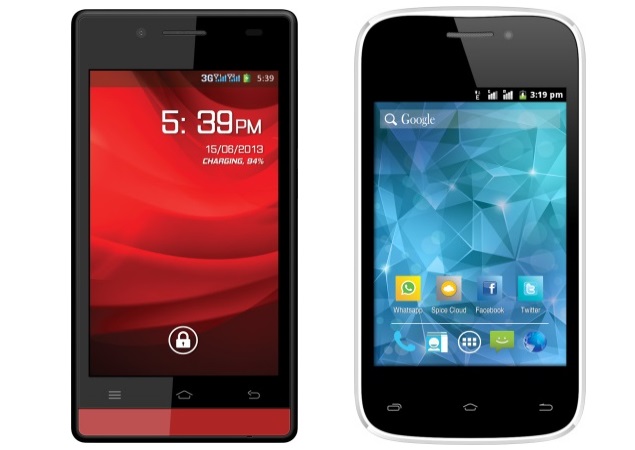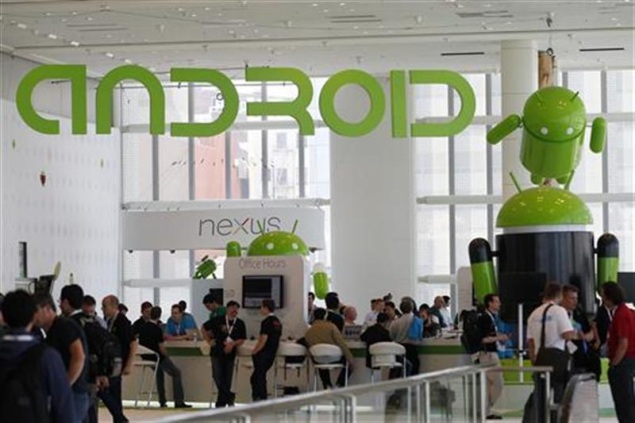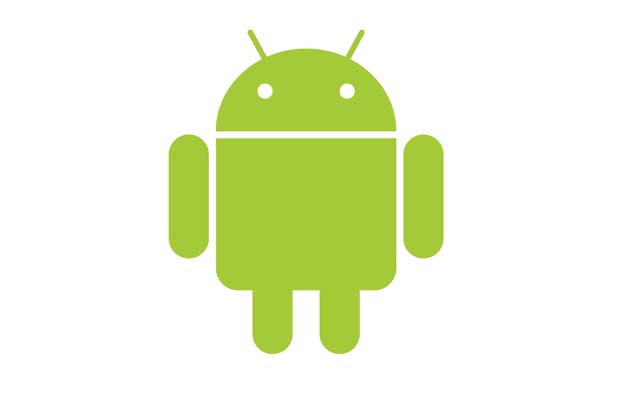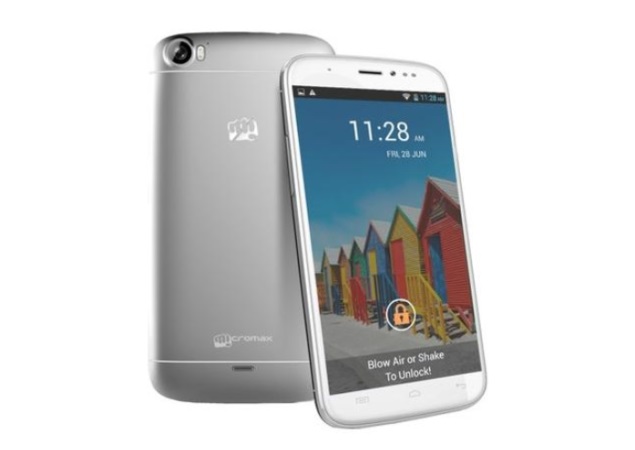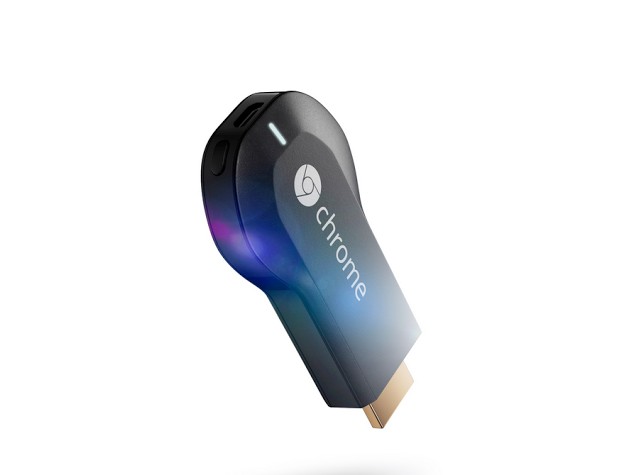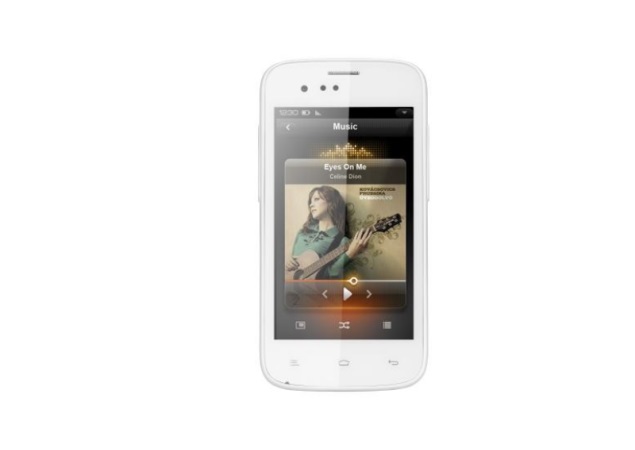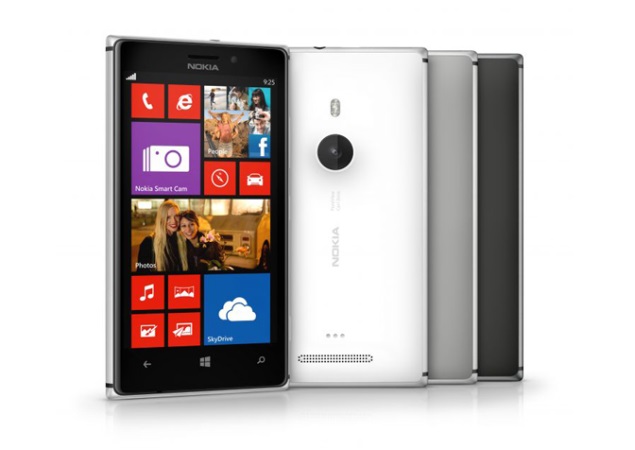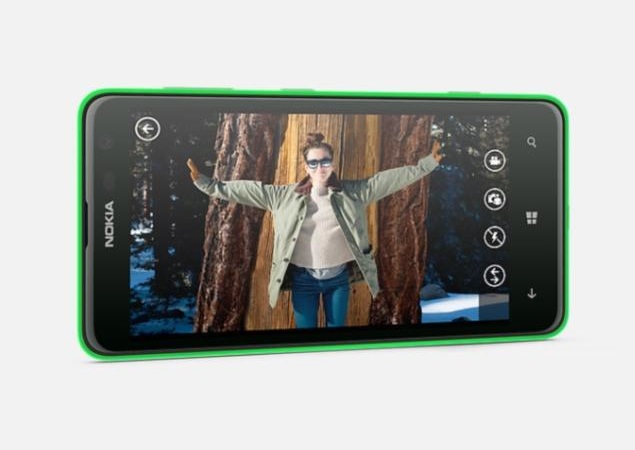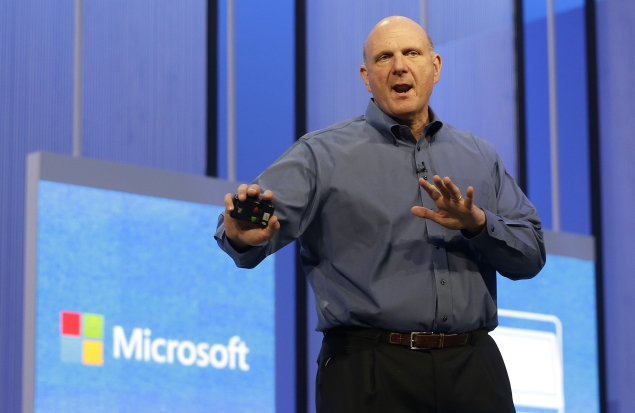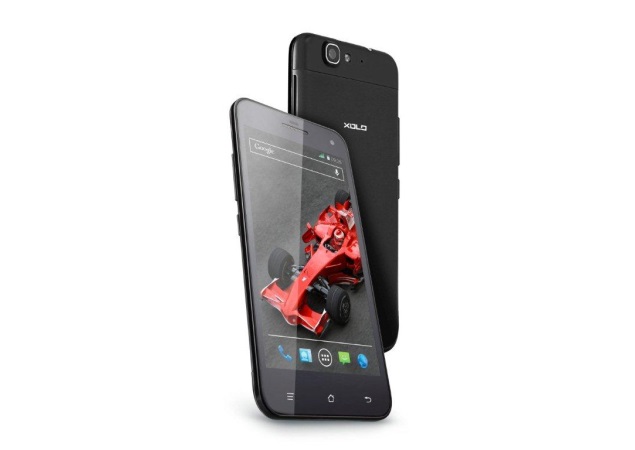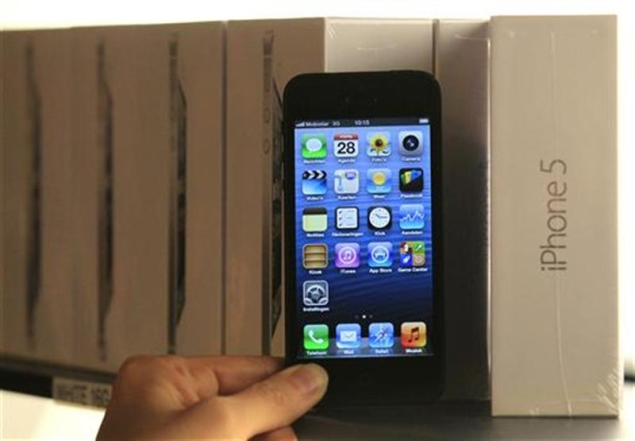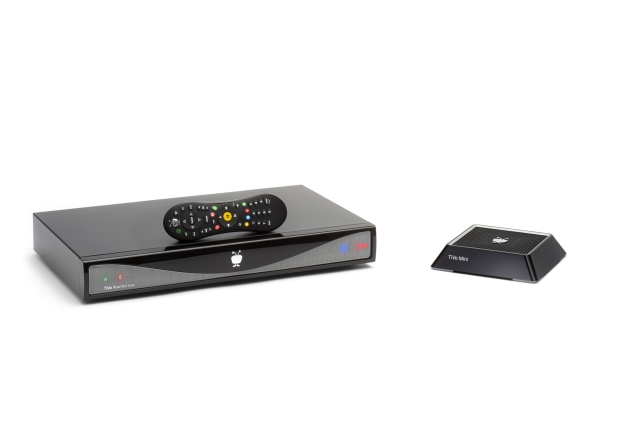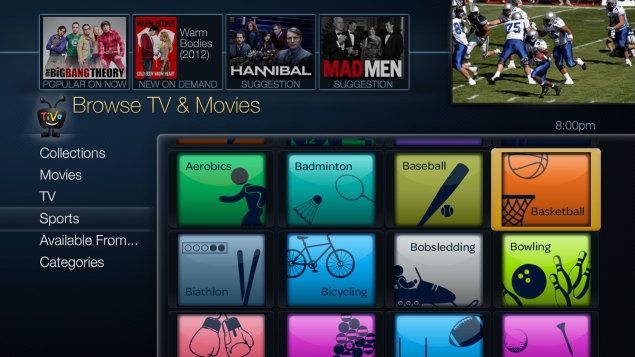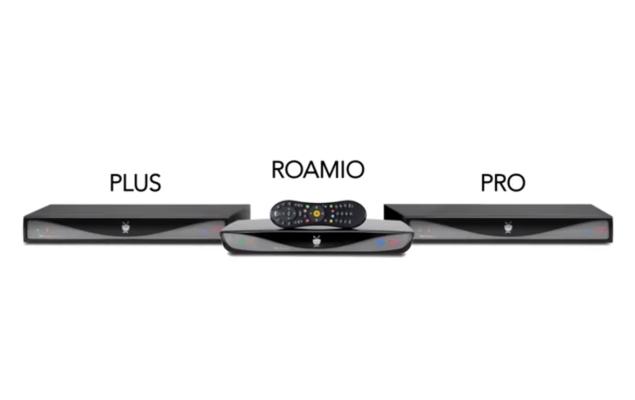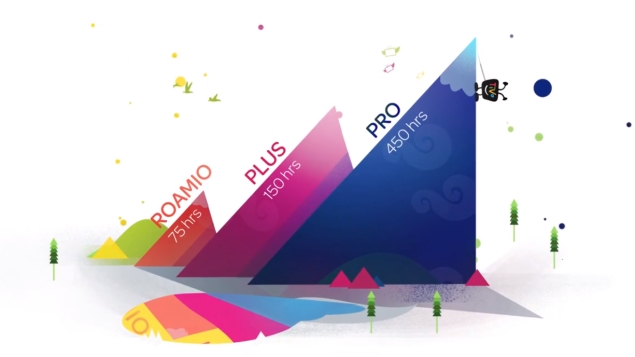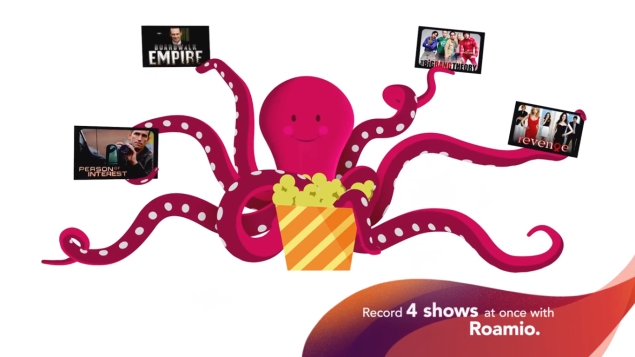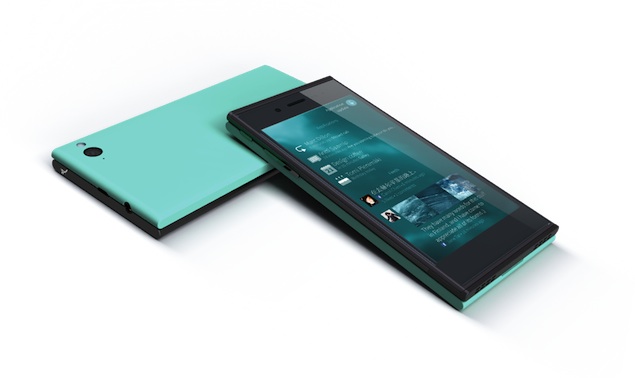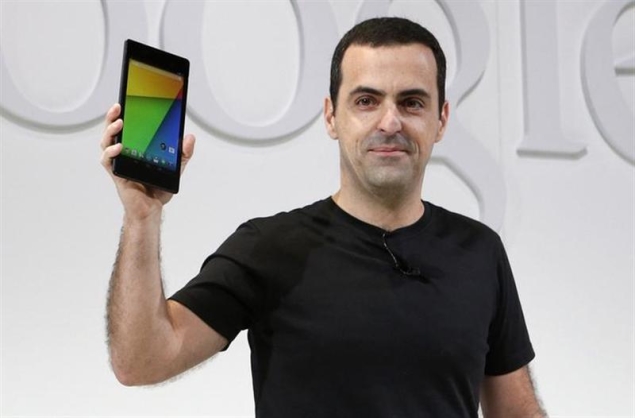
Google Inc. has announced new versions of its Nexus 7 tablet computers. It has better features and a higher price tag.
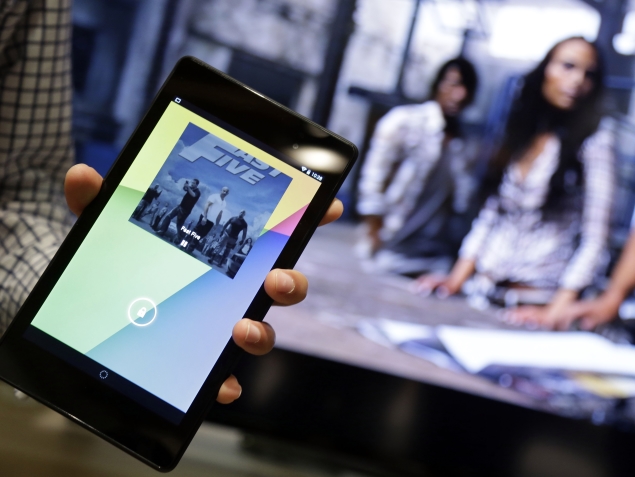
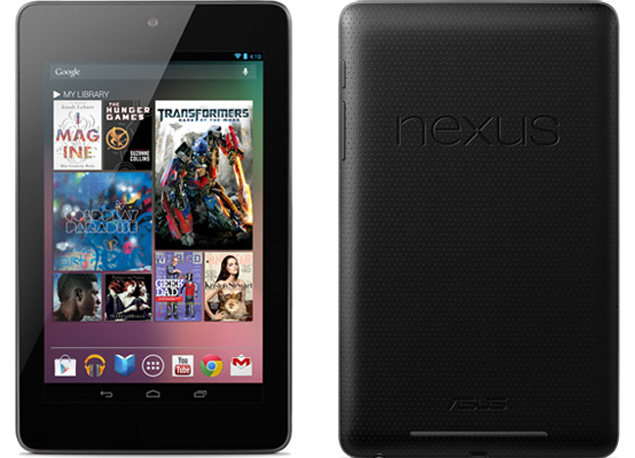
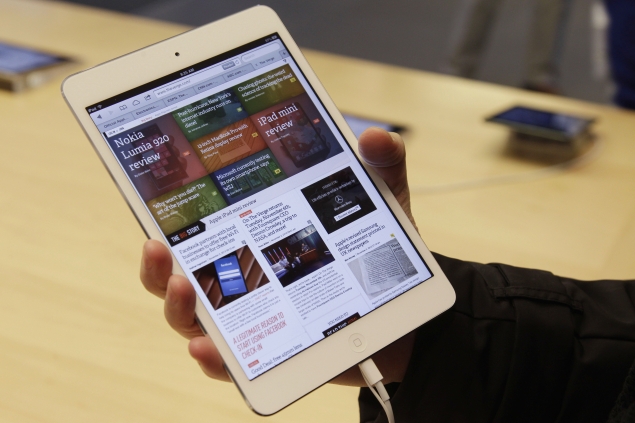
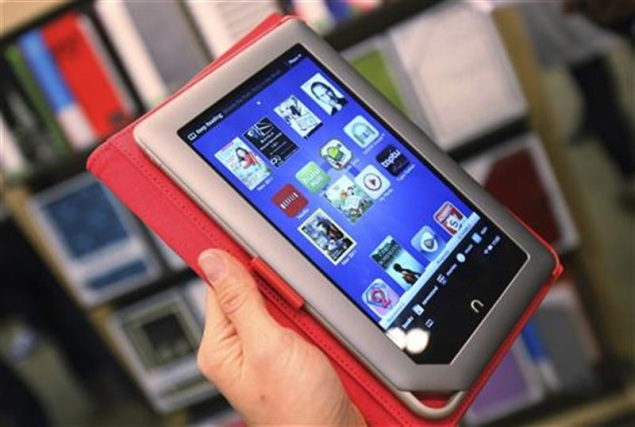
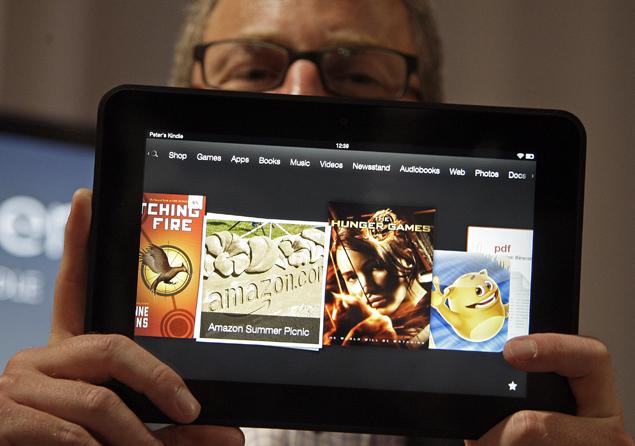

The new models are available in the U.S. starting Tuesday through Google's online Play store and the following retailers: Best Buy, Gamestop, Walmart, Staples, Office Max, Office Depot, Amazon, Home Shopping Network, Radio Shack, J&R and B&H Photo. A version with cellular capability is coming later with support for T-Mobile and Verizon.
Here's a look at how the new Nexus 7 compares with last year's model and other tablets with comparable screens.
Google's Nexus 7

Price: $229 with 16 gigabytes of storage, $269 for 32 GB. Add $80 for 32 GB model with cellular capability.
Screen size: 7 inches diagonally
Screen resolution: 1920 x 1200 (323 pixels per inch)
Size: height: 7.87 inches; width 4.49 inches; thickness: 0.34 inch (200 by 114 by 8.65 millimeters)
Weight: 10.2 ounces (290 grams) for base model, 10.5 ounces (299 grams) for cellular version
Cameras: 5 megapixel rear camera, 1.2 megapixel front-facing camera
Battery life: 9 hours
Operating system: Google's Android
ProsAccess to a variety of games, utilities and other software for Android devices, though not as extensive as apps available for iPad. Option for cellular wireless broadband.
Cons
Data storage cannot be expanded with memory cards.
Data storage cannot be expanded with memory cards.
Google's Nexus 7 (2012 model)

Price: $199 with 16 gigabytes of storage, $249 with 32 GB. Add $50 for 32 GB model with cellular capability.
Screen size: 7 inches diagonally
Screen resolution: 1280 x 800 pixels (216 pixels per inch)
Size: height 7.81 inches; width: 4.72 inches; thickness: 0.41 inch (198.5 by 120 by 10.45 millimeters)
Weight: 12 ounces (340 grams) for base model, 12.2 ounces (347 grams) for cellular version
Cameras: Front-facing, 1.2 megapixel camera
Battery life: 8 hours
Operating system: Google's Android
Pros
Access to a variety of games, utilities and other software for Android devices, though not as extensive as apps available for iPad. Option for cellular wireless broadband.
Access to a variety of games, utilities and other software for Android devices, though not as extensive as apps available for iPad. Option for cellular wireless broadband.
Cons
Data storage cannot be expanded with memory cards.
Data storage cannot be expanded with memory cards.
Apple's iPad Mini

Price: $329 for base model with Wi-Fi only and 16 gigabytes of storage, $429 with 32 GB, $529 with 64 GB. Add $130 for versions with cellular capability.
Screen size: 7.9 inches diagonally
Screen resolution: 1024 by 768 pixels (163 pixels per inch)
Size: height 7.87 inches; width: 5.3 inches; thickness: 0.28 inch (200 by 134.7 by 7.2 millimeters)
Weight: 10.9 ounces (308 grams) for base model, 11 ounces (312 grams) for cellular version
Cameras: 5-megapixel camera on back and a low-resolution camera on front, for videoconferencing
Battery life: 10 hours
Operating system: Apple's iOS
Pros
Unmatched access to third-party applications, high-quality Apple software and the iTunes store. High-resolution screen. Available with access to fast 4G wireless broadband networks, starting at $459.
Unmatched access to third-party applications, high-quality Apple software and the iTunes store. High-resolution screen. Available with access to fast 4G wireless broadband networks, starting at $459.
Cons
Data storage cannot be expanded with memory cards.
Data storage cannot be expanded with memory cards.
Barnes & Noble's Nook HD

Price: $129 with 8 gigabytes of storage, $149 with 16 GB
Screen size: 7 inches diagonally
Screen resolution: 1440 by 900 pixels (243 pixels per inch)
Size: height 7.65 inches; width: 5 inches; thickness: 0.43 inch (194.4 by 127.1 by 11 millimeters)
Weight: 11.1 ounces (315 grams)
Cameras: None
Battery life: Up to 10.5 hours of reading and up to 9 hours of video
Operating system: Modified version of Google's Android
Pros
Expandable with microSD card. High-definition screen. Larger-screen version available.
Expandable with microSD card. High-definition screen. Larger-screen version available.
Cons
Selection of third-party applications is small. Lacks cameras and option for cellular broadband.
Selection of third-party applications is small. Lacks cameras and option for cellular broadband.
Amazon.com's Kindle Fire HD.

Price: $199 with 16 gigabytes of storage, $229 with 32 GB
Screen size: 7 inches diagonally
Screen resolution: 1280 by 800 pixels (216 pixels per inch)
Size: height: 7.6 inches; width: 5.4 inches; thickness: 0.4 inch (193 by 137 by 10.3 millimeters)
Weight: 13.9 ounces (395 grams)
Cameras: Front-facing camera.
Battery life: 11 hours.
Operating system: Modified version of Google's Android
Pros
Cheap and portable. Convenient access to Amazon store. High-definition screen. Dolby audio. Larger-screen version available, including option for cellular broadband.
Cheap and portable. Convenient access to Amazon store. High-definition screen. Dolby audio. Larger-screen version available, including option for cellular broadband.
Cons
Small selection of third-party applications available from Amazon. No rear camera for taking video and photos. Data storage cannot be expanded with memory cards.
Small selection of third-party applications available from Amazon. No rear camera for taking video and photos. Data storage cannot be expanded with memory cards.
Amazon.com's regular Kindle Fire

Price: $159 with 8 gigabytes of storage
Screen size: 7 inches diagonally
Screen resolution: 1024 by 600 pixels (170 pixels per inch)
Size: height 7.44 inches; width: 4.72 inches; thickness: 0.45 inch (189 by 120 by 11.5 millimeters)
Weight: 14.1 ounces (400 grams)
Cameras: none
Battery life: 8.5 hours.
Operating system: Modified version of Google's Android
Pros
Cheap and portable. Convenient access to Amazon store.
Cheap and portable. Convenient access to Amazon store.
Cons
No-frills tablet lacks camera and microphone. Small selection of third-party applications available from Amazon. Data storage cannot be expanded with memory cards. No option for cellular wireless broadband.
No-frills tablet lacks camera and microphone. Small selection of third-party applications available from Amazon. Data storage cannot be expanded with memory cards. No option for cellular wireless broadband.

